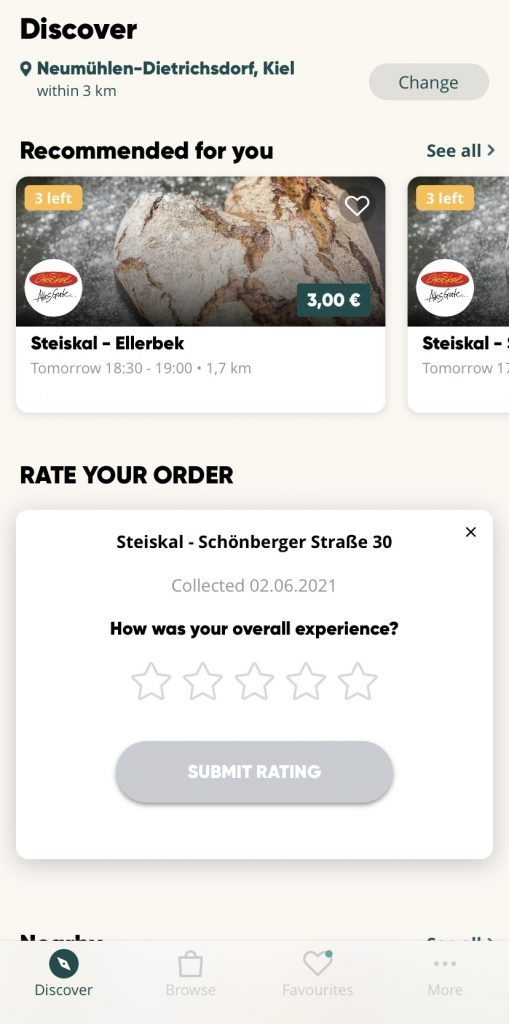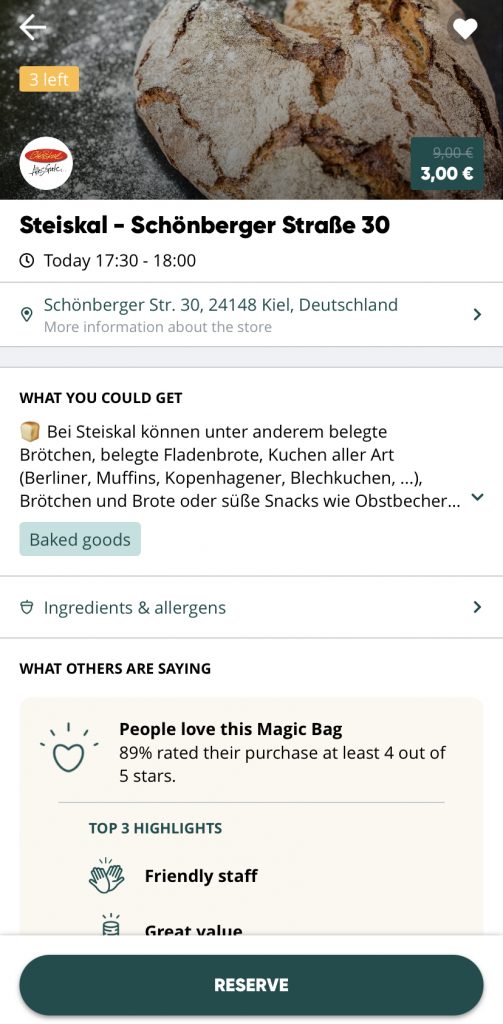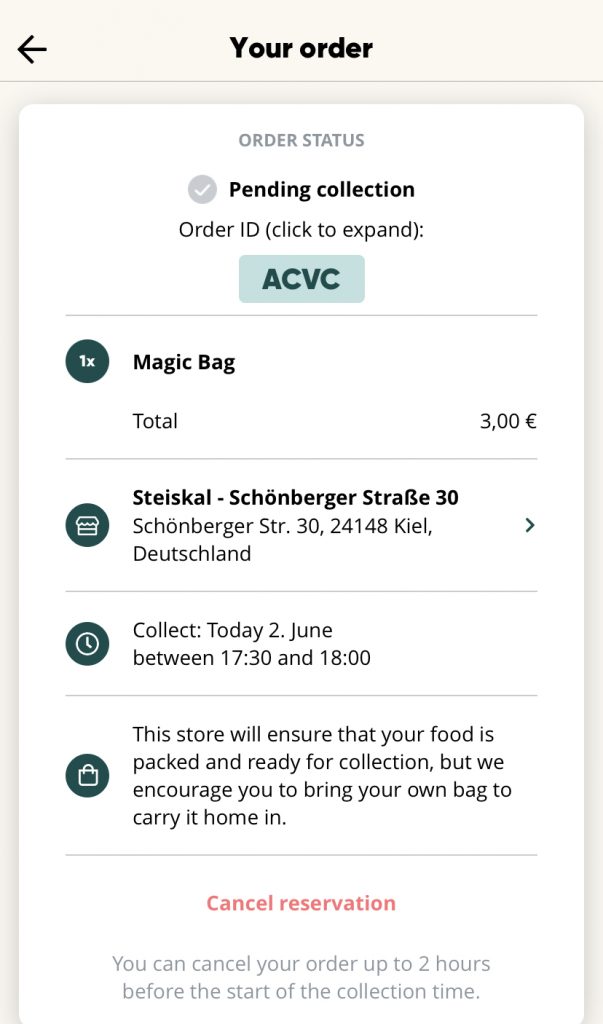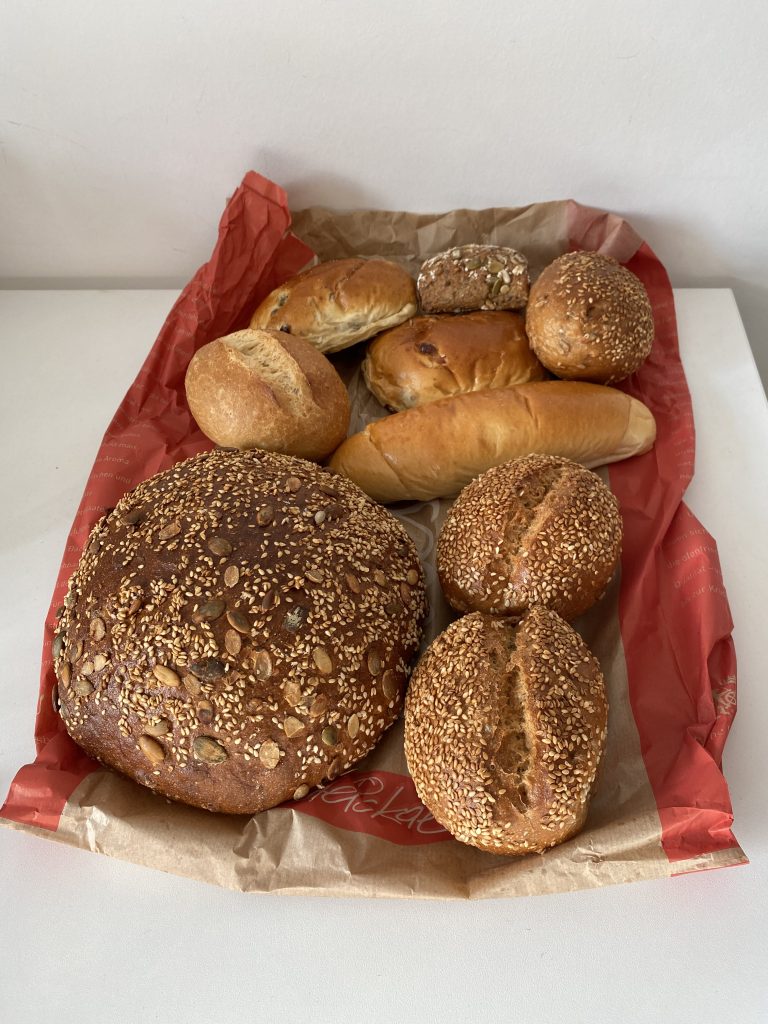As the amount of food waste increases, another environmental pollution problem is occurring. In the world where food waste is a problem, reducing food waste has become a movement that everyone should practice. In many cases, foods cannot be sold just because the expiration date has passed for several hours. By reducing the waste produced by oversupplied food, businesses and consumers alike can benefit economically while preserving the environment.
These are 6 tips to reduce food waste.
Buying Foods
1. Food Refub
‘Food Refub’ is a compound word of food, meaning food, and refurbished, meaning supply of products. In the process of manufacturing and distributing products, small scratches occurred, but if there were no major problems with taste, they can be sold at a lower price than the normal price after simple care. It is reborn as a great product by using food that has an appearance that does not meet the standards of consumers. Consumers can purchase products with high cost-effectiveness and are in the spotlight because they can reduce food waste environmentally.
In terms of food refub, there is a mobile application named ‘TooGoodToGo’. Through this application, you can purchase leftovers at a low price from bakeries and restaurants that are close to closing. It automatically recommends nearby restaurants and bakeries based on your location information. All you have to do is complete the payment through the application and visit the restaurant/bakery at the set time to pick up the food.
2. Plan your diet
Plan your diet and buy only the right foods you need. There is a chance that more food than necessary is purchased, stored until the expiration date, and then discarded. You should refrain from purchasing excessive food products due to impulsive purchases.
If you take a note of the list of ingredients stored in the refrigerator and post it on the refrigerator, you can properly understand the name, purchase date, and expiration date of the ingredients in the refrigerator. As a result, it is possible to reduce the number of cases where food materials are withered or spoiled.
3. When buying foods
You should buy individual products rather than bulk packaging. Also make it a habit to take notes before going to the grocery store. After checking the ingredients stored in the refrigerator, write down the necessary items. Taking notes can prevent impulsive and redundant purchases of unnecessary ingredients.
You should purchase ingredients in consideration of the expiration date. Find out how long the shelf life of ingredients stored in the refrigerator is left, and purchase new ingredients considering the storage period. The better freshness, the longer it can be stored and less waste. It is better to select and purchase fresh and edible foods, and purchase food in small units as much as possible.
Storing foods
4. Store foods in the right way
After purchasing ingredients, it is recommended to take care of them immediately and store them according to the proper storage method.
- Vegetables: After washing the vegetables, chop them finely and store in the refrigerator. Onions and potatoes should be stored in a cool shade.
- Meat: If you buy a large amount at once, divide it into small portions, seal it and store it in the freezer. Apply oil to the surface of the meat before putting it in a wrap or plastic bag to delay oxidation and keep it longer. It is best to thaw meat that has been frozen for a long time by moving it to the refrigerator.
- Bread: If you have to store breads, it is best to keep the bread frozen when it is soft. Bread that has hardened in the freezer can be thawed at room temperature for 40 minutes to 1 hour to enjoy the same texture as the original.
- Powder: It is recommended to store powdered products such as flour in a dry and cool place before opening, and store in an airtight container after opening. Before adding flour, the airtight container should be cleaned and dried, and the entrance should be tightly closed after storage.
During Cooking
5. Make the right amount considering the amount of meal
Prepare the right amount of food to minimize food waste left after eating. Since it doesn’t make more food than necessary, it can reduce the burden on households, save resources, and preserve the environment. It is difficult to use all of the vegetables when boiling soup or stew. If you put the leftover ingredients in one place after cooking, you can use them conveniently and inexpensively for the next cooking. When eating, use a small bowl to eat properly so that there is no leftover food.
After Cooking
6. Food waste can be used as fertilizer
Food waste mixed with fermenters can become useful manure after a certain period of time. Fertilizer can be used in various ways depending on the situation. For example, it can be used in agriculture or used to grow plants in small flower beds.
As food waste is directly linked to waste of resources and environmental issues, we need to be able to plan better and consume smarter. We look forward to the realization of the vision of ‘the world where food produced means food consumed’ as pursued by the oversupplied food sharing app.
![FHews – [ fju:s]](http://fhews.de/wp-content/uploads/2015/05/fhews_logo2_3B8ACC.jpg)



















No Comment